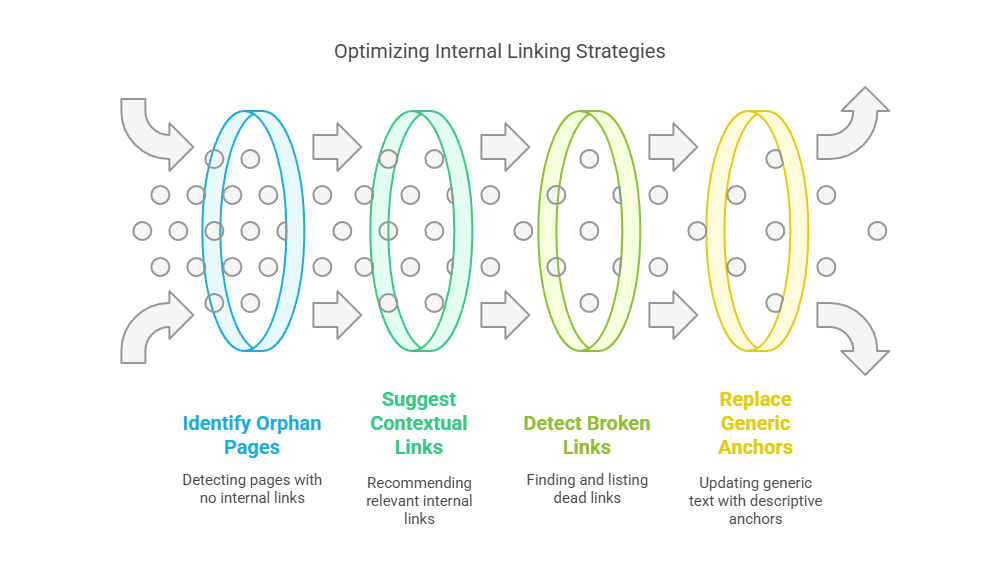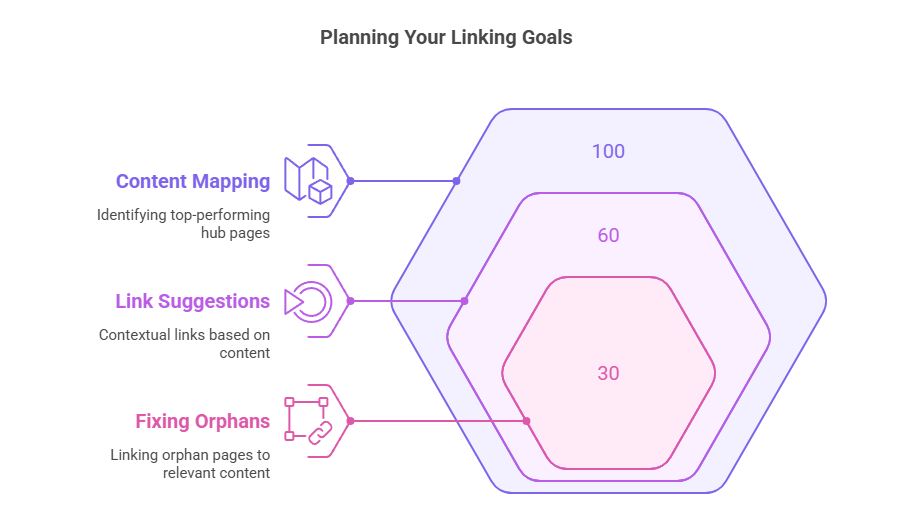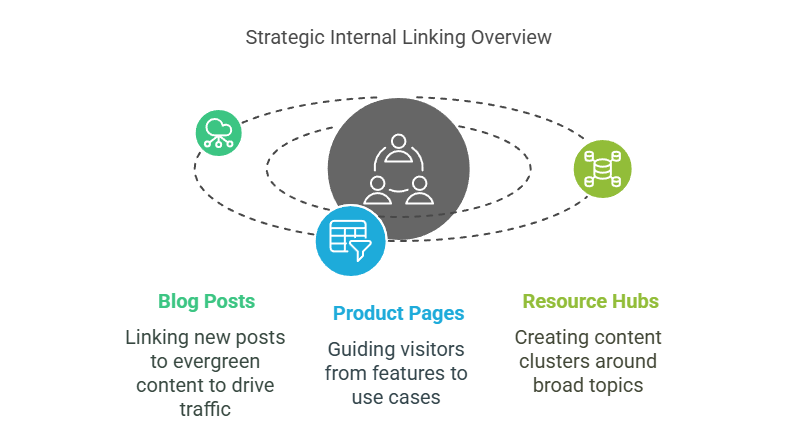Internal linking is one of the most underrated yet powerful SEO strategies. Done right, it helps search engines understand your site’s structure, distributes page authority, and keeps readers engaged. But manually managing links across hundreds of pages? That’s like herding cats. Enter WriterX—an AI-powered platform that simplifies internal linking while boosting your SEO and user experience. Let’s explore how to transform this tedious task into a seamless, strategic advantage.
Why Internal Linking Matters (And Why Most Sites Get It Wrong)
Internal links act like roadmaps for both users and search engines. They guide visitors to related content, reduce bounce rates, and signal which pages are most important. Unfortunately, many websites either overdo it with irrelevant links or underuse them, leaving “orphan” pages undiscovered. WriterX solves this by analyzing your content library and suggesting contextually relevant links automatically. For example, a blog post about WordPress SEO tips might automatically link to your guide on bulk content generation, creating a cohesive reader journey.
The Hidden Cost of Broken or Generic Links
Broken internal links frustrate users and hurt SEO. Meanwhile, generic anchor text like “click here” wastes ranking opportunities. WriterX identifies both issues in seconds. Its AI scans your site for dead links and suggests replacements, like updating “click here” to descriptive phrases such as “AI-powered SEO tools.” One marketing agency using WriterX reduced broken links by 80% while increasing time-on-page by 25%, as noted in their client success story.

How WriterX Automates Internal Linking
WriterX turns internal linking from a chore into a strategic asset. Here’s how:
1. Content Mapping Made Simple
The platform creates a visual map of your site’s content, showing how pages relate to each other. This helps identify top-performing “hub” pages that deserve more internal links. For instance, a pillar post about 2025 AI content trends might link to subtopic guides like “AI video scripting” or “voice search optimization.” WriterX even suggests links based on semantic relevance, ensuring they feel natural to readers.
2. Contextual Link Suggestions
As you draft content, WriterX analyzes your text in real time. If you mention “WordPress plugins,” it might recommend linking to your WordPress integration guide. These suggestions aren’t random—they’re based on user behavior data and SEO value. A food blog using this feature saw a 40% increase in pageviews per visit by linking recipe posts to seasonal ingredient guides.
3. Fixing Orphan Pages
Orphan pages (those with no internal links) are SEO kryptonite. WriterX hunts them down and pairs them with relevant content. For example, an old post about “holiday marketing ideas” might gain new life by linking to a newer piece about streamlining holiday content workflows.

Balancing Automation with Human Judgment
AI does the heavy lifting, but your expertise ensures quality. WriterX allows custom rules, like:
- Limiting links per paragraph to avoid over-optimization
- Prioritizing links to commercial pages (e.g., product demos)
- Excluding low-authority pages from your link network
A SaaS company used these rules to boost their pricing page’s organic traffic by 60% while maintaining a natural flow, as detailed in their case study.
Internal Linking for Different Content Types
Blog Posts
Link new posts to older, evergreen content. A piece about “2025 content trends” might link to your AI writing platform review, driving traffic to key service pages.
Product Pages
Use internal links to guide visitors from features to use cases. A project management tool might link its pricing page to a customer success story about team collaboration improvements.
Resource Hubs
Create content clusters around broad topics. A “Content Marketing 101” hub could link to subtopic guides like “SEO basics” and “social media scheduling,” all optimized through WriterX’s workflow automation.

Common Mistakes to Avoid
Even with AI, these pitfalls can hurt your strategy:
- Overlinking: WriterX flags pages with too many links (Google recommends 100 max per page).
- Ignoring Anchor Text: Use descriptive phrases like “AI content tools” instead of “learn more.”
- Forgetting Mobile Users: Ensure linked pages load quickly on all devices using WriterX’s mobile optimization features.
Measuring Success
WriterX tracks key metrics to refine your strategy:
- Click-Through Rate (CTR): Are users following your links?
- Time-on-Page: Do linked pages keep visitors engaged?
- Crawl Budget Efficiency: Are important pages being indexed faster?
A travel blog using these insights increased their organic traffic by 90% in six months by focusing links on high-value destination guides.
Internal linking doesn’t have to be a guessing game. With WriterX, you can build a connected content ecosystem that pleases both search engines and human readers. Start by auditing your site with the WriterX Quick Start Guide, then explore advanced features like AI-powered WordPress strategies. Remember, great internal linking isn’t just about SEO—it’s about creating paths that keep your audience exploring, learning, and coming back for more.

